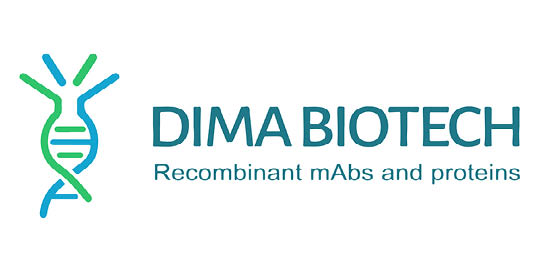Human FGFR2 Protein, His Tag
Human FGFR2 Protein, His Tag
Artikelnummer
DMAPME101408-50
Verpackungseinheit
50 µg
Hersteller
DIMA Biotechnology
Verfügbarkeit:
wird geladen...
Preis wird geladen...
Background: The protein encoded by this gene is a member of the fibroblast growth factor receptor family, where amino acid sequence is highly conserved between members and throughout evolution. FGFR family members differ from one another in their ligand affinities and tissue distribution. A full-length representative protein consists of an extracellular region, composed of three immunoglobulin-like domains, a single hydrophobic membrane-spanning segment and a cytoplasmic tyrosine kinase domain. The extracellular portion of the protein interacts with fibroblast growth factors, setting in motion a cascade of downstream signals, ultimately influencing mitogenesis and differentiation. This particular family member is a high-affinity receptor for acidic, basic and/or keratinocyte growth factor, depending on the isoform. Mutations in this gene are associated with Crouzon syndrome, Pfeiffer syndrome, Craniosynostosis, Apert syndrome, Jackson-Weiss syndrome, Beare-Stevenson cutis gyrata syndrome, Saethre-Chotzen syndrome, and syndromic craniosynostosis. Multiple alternatively spliced transcript variants encoding different isoforms have been noted for this gene. [provided by RefSeq, Jan 2009]
Description: Recombinant human FGFR2 Protein with C-terminal 10×His tag
Molecular Weight: The protein has a predicted molecular mass of 40.6 kDa after removal of the signal peptide.
Storage & Shipping: Store at -20°C to -80°C for 12 months in lyophilized form. After reconstitution, if not intended for use within a month, aliquot and store at -80°C (Avoid repeated freezing and thawing).Lyophilized proteins are shipped at ambient temperature.
Tag: C-10×His tag
Expression Host: HEK293
Formulation & Reconstitution: Lyophilized from sterile PBS, pH 7.4. Normally 5 % - 8% trehalose is added as protectants before lyophilization. Please see Certificate of Analysis for specific instructions.
Target: FGFR2
Uniprot ID: P21802-3
Usage: Research use only
Molecular Characterization: FGFR2(Arg22-Asp375) 10×His tag
Purity: The purity of the protein is greater than 85% as determined by SDS-PAGE and Coomassie blue staining.
Description: Recombinant human FGFR2 Protein with C-terminal 10×His tag
Molecular Weight: The protein has a predicted molecular mass of 40.6 kDa after removal of the signal peptide.
Storage & Shipping: Store at -20°C to -80°C for 12 months in lyophilized form. After reconstitution, if not intended for use within a month, aliquot and store at -80°C (Avoid repeated freezing and thawing).Lyophilized proteins are shipped at ambient temperature.
Tag: C-10×His tag
Expression Host: HEK293
Formulation & Reconstitution: Lyophilized from sterile PBS, pH 7.4. Normally 5 % - 8% trehalose is added as protectants before lyophilization. Please see Certificate of Analysis for specific instructions.
Target: FGFR2
Uniprot ID: P21802-3
Usage: Research use only
Molecular Characterization: FGFR2(Arg22-Asp375) 10×His tag
Purity: The purity of the protein is greater than 85% as determined by SDS-PAGE and Coomassie blue staining.

 English
English











